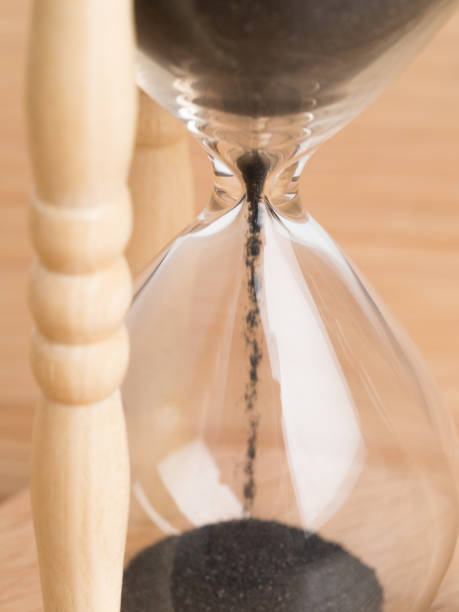If you meet the eligibility criteria, you can withdraw:
You cannot withdraw any transferred Australian superannuation savings or Government kick-start contributions**, and you must leave $1,000 in your account.
* Except for any government contributions received during a period you lived overseas and didn’t have permanent residence in New Zealand”
**If you joined KiwiSaver before 21 May 2015, you would have received a $1,000 KiwiSaver kick-start paid on joining.


1. Check that you are in the right KiwiSaver fund for your first home goals. Our KiwiSaver Digital Advice Tool will tell you if you are on track to meet your first home goal and guide you to the fund that is appropriate for your risk tolerance and aspirations.
If you have plenty of time before you need to make a first home withdrawal, you may consider investments with higher potential returns, even if they come with more risk. If you need your money sooner, it’s generally wise to choose lower risk investments with lower potential returns. This way, you’re less likely to see your balance reduce before you need it.
As a Milford client, you can access our KiwiSaver Digital Advice Tool via your Client Portal or App:
If you aren’t yet a Milford KiwiSaver Plan member, digital advice can be accessed easily here.
If you would prefer to talk to a Milford KiwiSaver Plan Financial Adviser, please contact us on 0800 662 348 or [email protected].
2. Make sure you get the full KiwiSaver Government Contribution every year.
From 1 July 2025, eligible KiwiSaver members can receive a Government Contribution of up to $260.72 each year, when you contribute $1,042.86 into your account. Getting the full Government Contribution means more money in your KiwiSaver account. This can help you reach your first home savings goals faster.
To find out more about the changes to KiwiSaver announced in May 2025, please click here.
3. Increase your contribution rate if you can.
In KiwiSaver you can choose to contribute 3%, 4%, 6%, 8% or 10% of your gross salary directly into your KiwiSaver account, as well as additional voluntary contributions. If you can, contributing just 1% more to your KiwiSaver account is a simple change that can make a difference to your first home goal.
4. Check that your Prescribed Investor Rate (PIR) is correct.
It’s important to check annually that you’re on the correct tax rate, to avoid a future tax bill or overpaying tax. If you’re a Milford client you can check and change your PIR in your Client Portal under ‘Profile & Settings’ in the menu.
Yes, if your partner has previously owned a home but you haven’t, you can still apply to withdraw your funds.
Yes, as long as you both meet the eligibility criteria, you will both be able to apply to make a withdrawal from your individual KiwiSaver accounts.
If you’re planning to build your first home, your first home withdrawal must be put towards the purchase of the land.
However, if you already own or have been gifted land, you can’t use your KiwiSaver savings to fund the cost of building on the land.
Yes you can. However, you will need to provide evidence you have the right to occupy that land.
Under KiwiSaver first home withdrawal rules, your lawyer or conveyancing practitioner will need to return your KiwiSaver first home withdrawal amount from their trust account back to your Milford KiwiSaver Plan account.
Yes, in certain circumstances. For more details, speak to your solicitor.